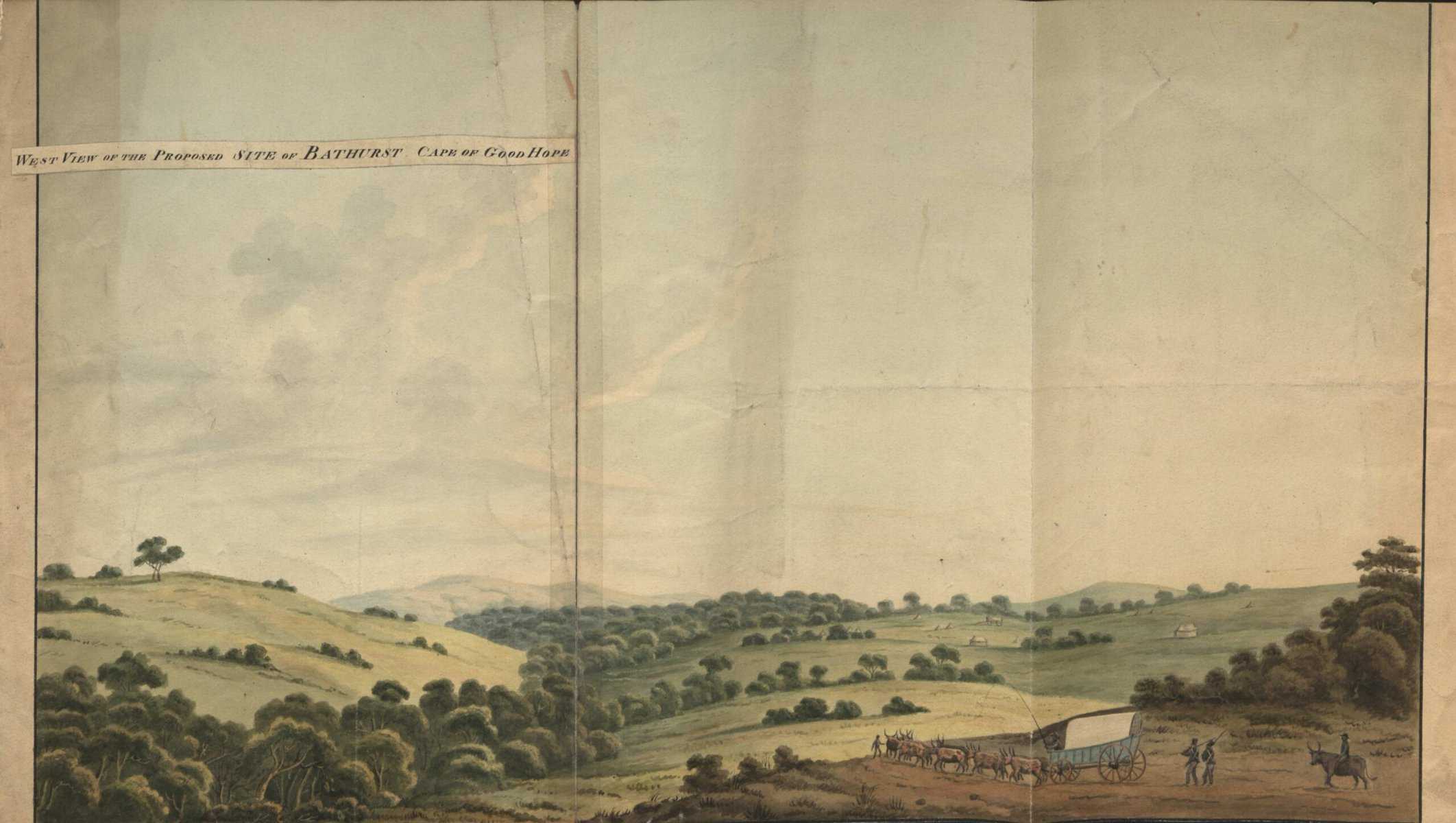│By Carolyn Beckford, Gale Product Trainer│
Archbishop Desmond Tutu, a prominent South African anti-apartheid activist and Nobel laureate, coined the phrase “Rainbow Nation” to describe his country. South Africa is home to a wide range of ethnic, cultural, and linguistic groups, including indigenous African tribes, Afrikaans and English-speaking communities, and people of Indian and Asian descent. This post will explore the country’s complicated history and its journey to independence.
Early European Settlers
South Africa was initially colonised by the Dutch in the seventeenth century and later by other European Countries including Britain. The arrival of settlers can be traced back to the seventeenth century when the Dutch East India Company established a refreshment station in Cape Town in 1652, en route to the East Indies.
The Dutch East India Company were merchants and investors from the Netherlands who established and funded the company’s operations. The Company was granted a charter by the Dutch government, giving it a monopoly on Dutch trade in the East Indies and other parts of Asia.
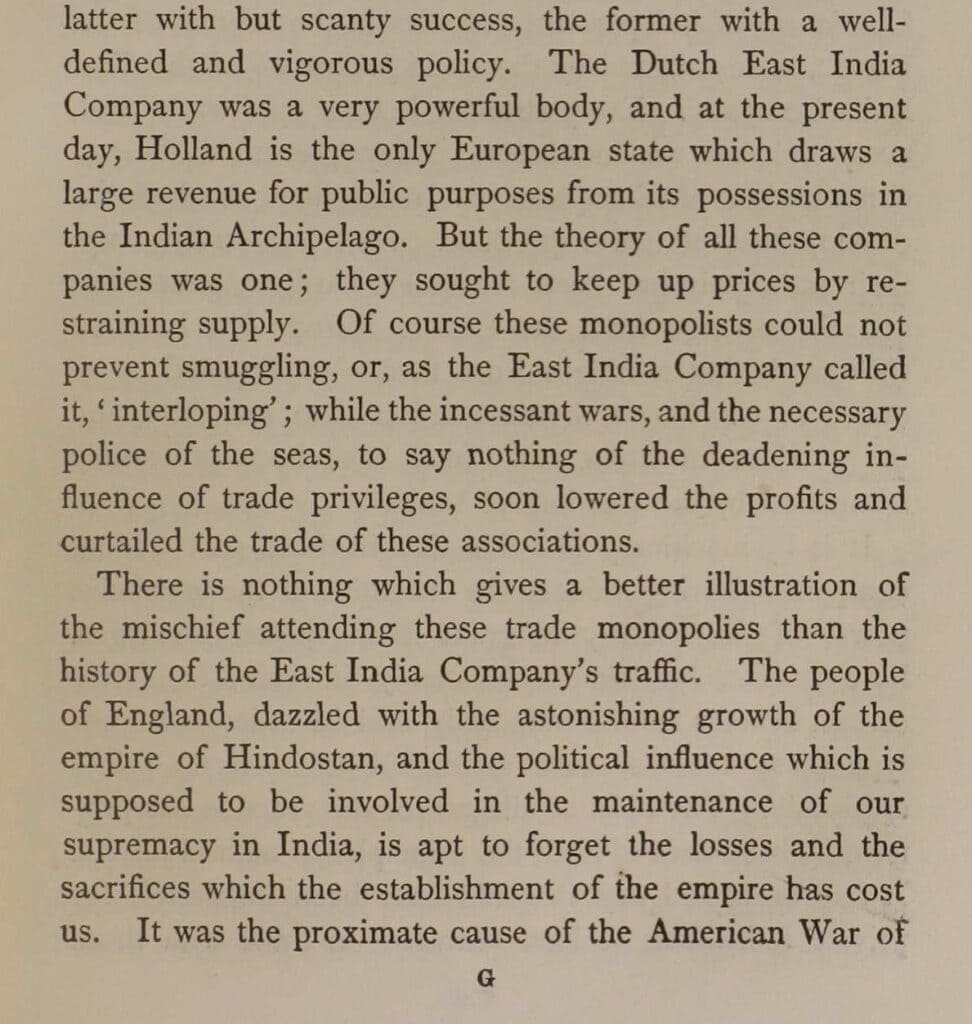
The Boers and the British
The settlement in Cape Town served as a useful halfway point for ships traveling between Europe and the Dutch East Indies. Over time, the settlement grew, and more Dutch settlers (Boers) arrived in the Cape Colony. Dutch settlers continued to migrate to South Africa in the seventeenth and eighteenth centuries, establishing independent republics such as Transvaal and the Orange Free State. These republics sought to maintain their autonomy and preserve Dutch cultural and political identity.
The relationship between the Boers and the British settlers was complex and marked by periods of cooperation and conflict. Tensions were further exacerbated by the discovery of gold and diamonds in Boer territories. The influx of British miners and settlers led to disputes over land ownership, political control, and the treatment of British subjects in Boer territories. These tensions eventually culminated in the Boer Wars.
The First Boer War (1880-1881) resulted in victory for the Boers and the signing of the Pretoria Convention Peace Treaty. This recognised the independence of the Transvaal and the Orange Free State, the two Boer states.
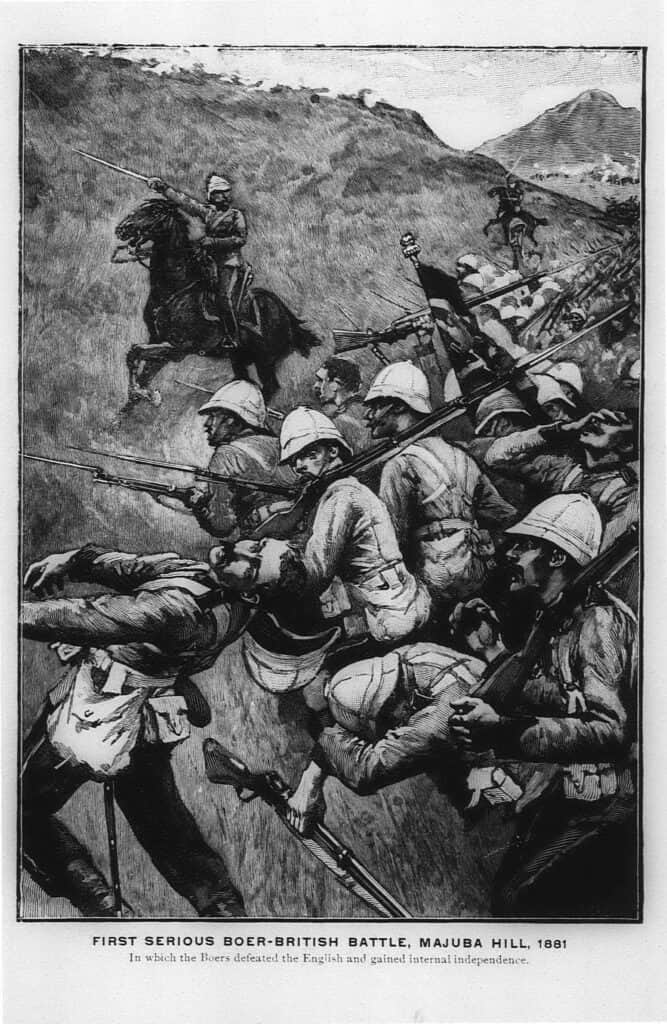
The Pretoria Convention was only a temporary resolution to the conflict; tensions persisted leading to the Second Boer War (1899-1902) after the British sought to gain control over mineral resources. The war resulted in British victory, leading to the incorporation of the two Boer republics into the British-controlled Union of South Africa, with Cape Colony and Natal.
Union and Segregation
The Union of South Africa was established on May 31, 1910, as a self-governing dominion within the British Empire, beginning the embryonic stages of independence. There were also efforts to reconcile and unite the various ethnic and cultural groups in South Africa.
The self-governing dominion gave South Africa a degree of independence from British rule through a series of negotiations. Although it had a degree of self-governance, it was still a subject of the British Crown and had limited control over its own affairs.
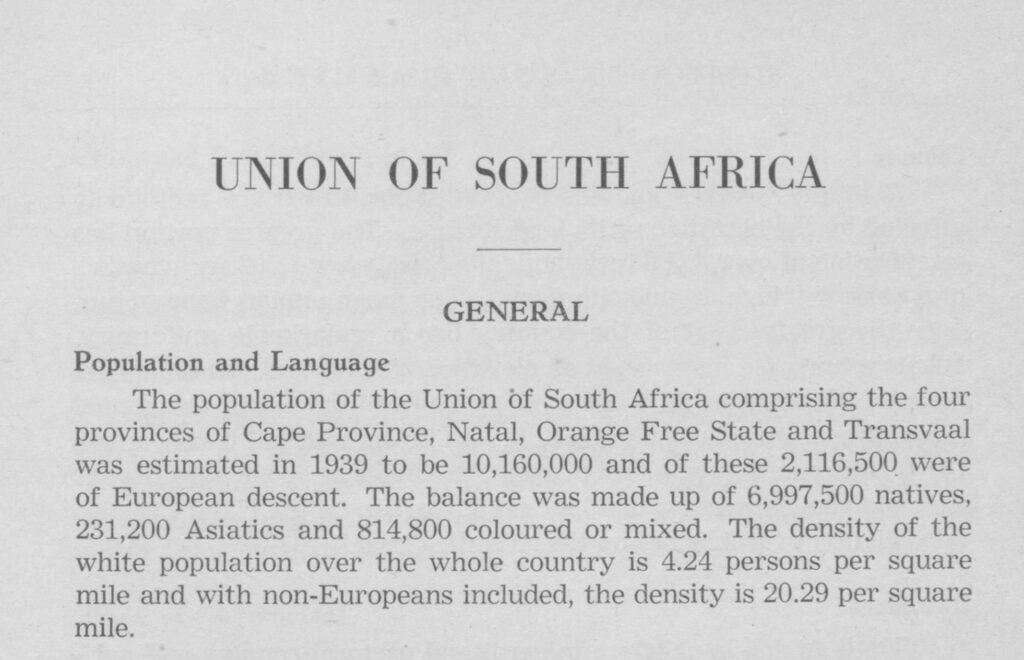
The Boers did have authority to govern, and they embarked upon a significant political, social, and economic campaign of separation. Discriminatory laws and policies were instituted that limited the rights and opportunities of non-white South Africans.
The Land Act was passed in 1913 and was one of the first signs of Boer authority and governance. It restricted land ownership and residency rights based on race and allocated the majority of the South African land to the European settlers, leading to land dispossession and forced removals of the non-white populations.
The foundations of racial segregation were being laid as the Boers began self-governance. The government implemented policies that enforced racial separation in most aspects of life: residential areas, marriage, education, healthcare, and use of public facilities.
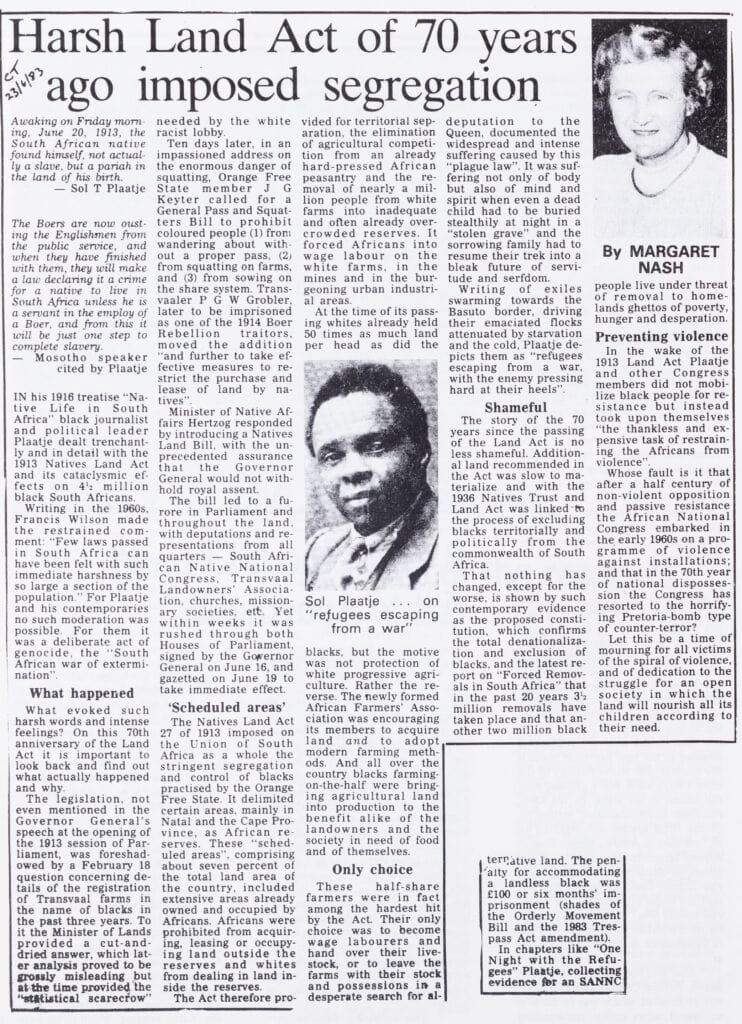
The Statute of Westminster
The Statute of Westminster was enacted in 1931 and granted full legal independence to the self-governing dominions of the British Empire, including South Africa. It recognised these dominions as “autonomous communities within the British Empire, equal in status, in no way subordinate to one another in any aspect of their domestic or external affairs.”
![Excerpt from Union Federal Party (Natal). The Case against a Republic: A Statement by the Union Federal Party (Natal) on Behalf of the Peoples of Natal and All Loyal Subjects of the Crown in the Union. [1956].](https://review.gale.com/wp-content/uploads/2024/05/6-statute_Page_1-1024x932.jpg)
The passing of the Statute of Westminster increased autonomy and allowed South Africa to engage in international affairs. It also increased the development of apartheid, which the Boers were now able to implement unabated. South Africa started to focus more on Afrikaner nationalism and implemented policies that favoured white South Africans.
The Advent of Apartheid
Apartheid was instituted as a system of government enforced racial segregation. The word “apartheid” is a Dutch derivative, Afrikaans word meaning “apartness” or “separateness.”
Apartheid was a systematic separation of different racial and ethnic groups, with the aim of maintaining white minority rule. Under apartheid, people were classified into different racial categories, such as White, Black, Coloured, and Indian. Rights were determined by race and the court, or the government decided on what those rights were. This led to widespread inequality and human rights abuses.
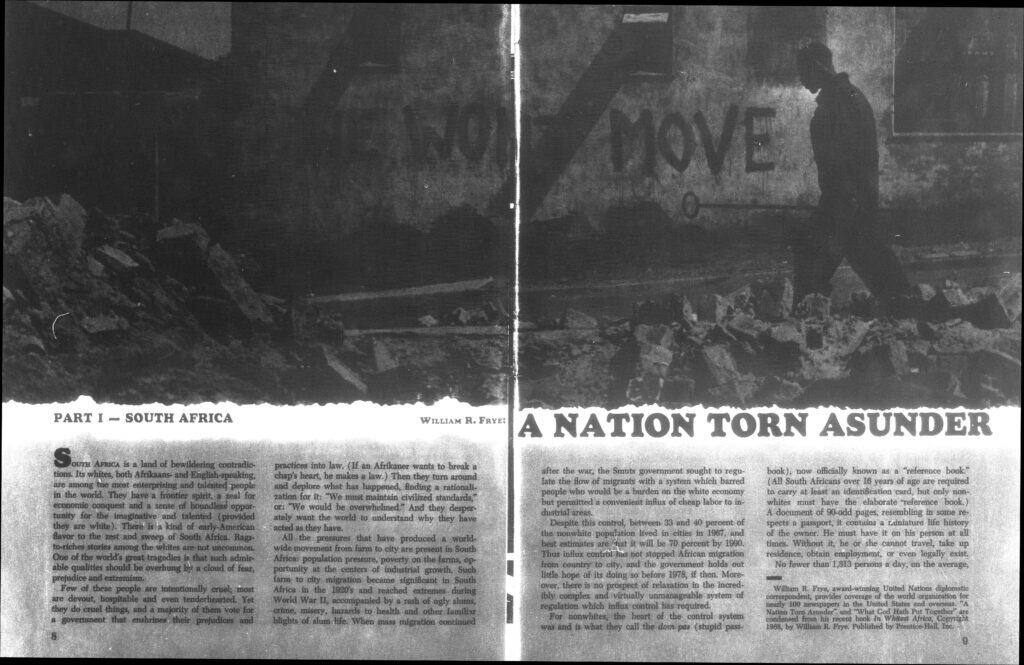
During the nearly fifty years of apartheid, activists and organisations relentlessly advocated for equal rights. There were regular riots and uprisings across the country, and the international community continued to put pressure on the South African government through economic sanctions. Activists experienced economic disadvantages, limited access to education and healthcare, and were subjected to systemic racism to isolate them.
Nelson Mandela, a key anti-apartheid activist, was arrested for plotting against the government. During the trial, Mandela delivered his notable “I Am Prepared to Die” speech, where he outlined his commitment to fighting for equality and justice:
“I have cherished the ideal of a democratic and free society in which all persons live together in harmony and with equal opportunities…it is an ideal for which I am prepared to die. “
Mandela, along with others activists, was sentenced to twenty-seven years in prison. They persisted with the message of resilience, courage, and determination in their fight against apartheid. Their efforts would ultimately contribute to the dismantling of apartheid and the successful establishment of a democratic South Africa.
Four years after his release, Nelson Mandela campaigned in the country’s first non-racial election, to become the first democratically elected leader of South Africa. The negotiations between the apartheid government and the African National Congress led to democratic elections in 1994, which marked the official end of apartheid and the achievement of full independence for all South African citizens, regardless of race.
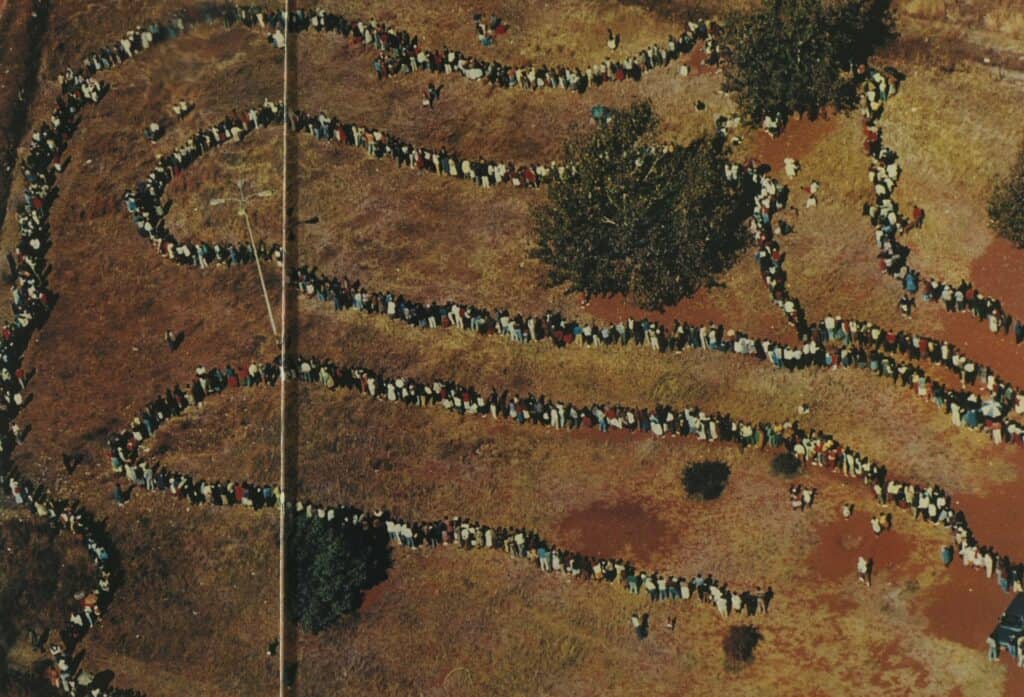
A New Era
For the first time in the country’s history, people of all races and ethnicities were able to vote; they came out in their droves to cast their ballots for Nelson Mandela. In his inaugural presidential speech, Mandela promoted reconciliation and justice, not revenge and retaliation. There was no animosity or contempt, he emphasised the importance of unity and the need to build a new democratic South Africa.
South Africa has had many forms of independence but 1994 represents a major milestone in the country’s journey towards a more inclusive and just society. It was the end of apartheid and the establishment of a democracy, ever closer to Desmond Tutu’s vision of a “Rainbow Nation”.
If you enjoyed reading about South Africa’s history and independence, check out these posts:
- Exploring the Rise of Black Consciousness in South Africa
- African Hairstyles – The Dreaded Colonial Legacy
- Decolonization: Politics and Independence in Former Colonial and Commonwealth Territories
Blog post cover image citation:
“South Africa 1” British Colonial Office: Photographic Collection, Primary Source Media, 1881. Nineteenth Century Collections Online. https://link.gale.com/apps/doc/ANTIWU380279658/GDCS?u=webdemo&sid=bookmark-GDCS&xid=57ffa4c0&pg=117

